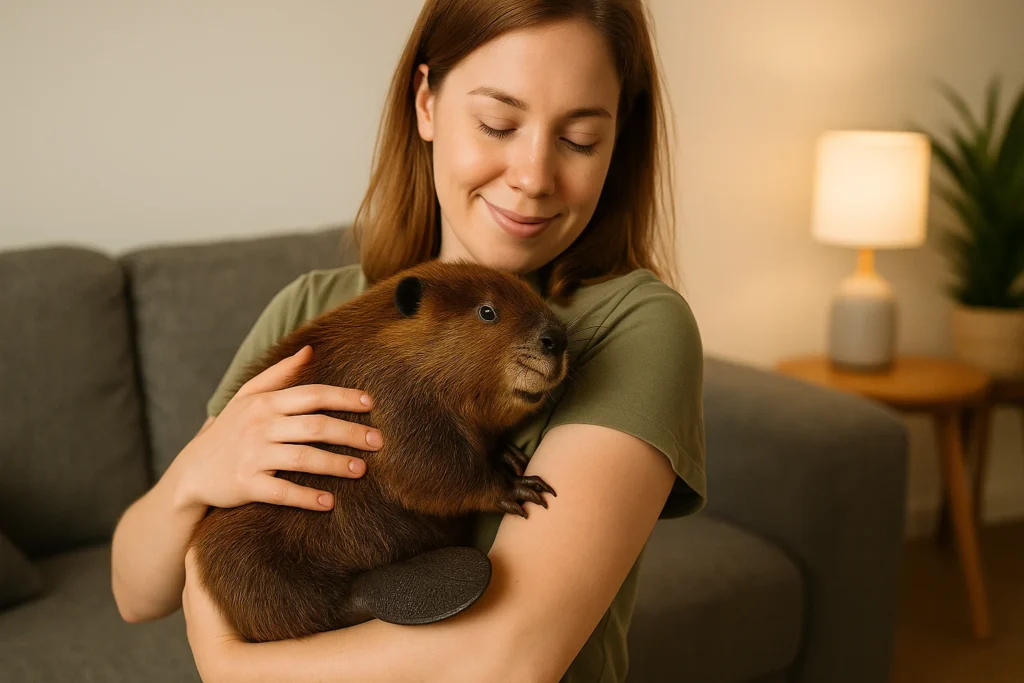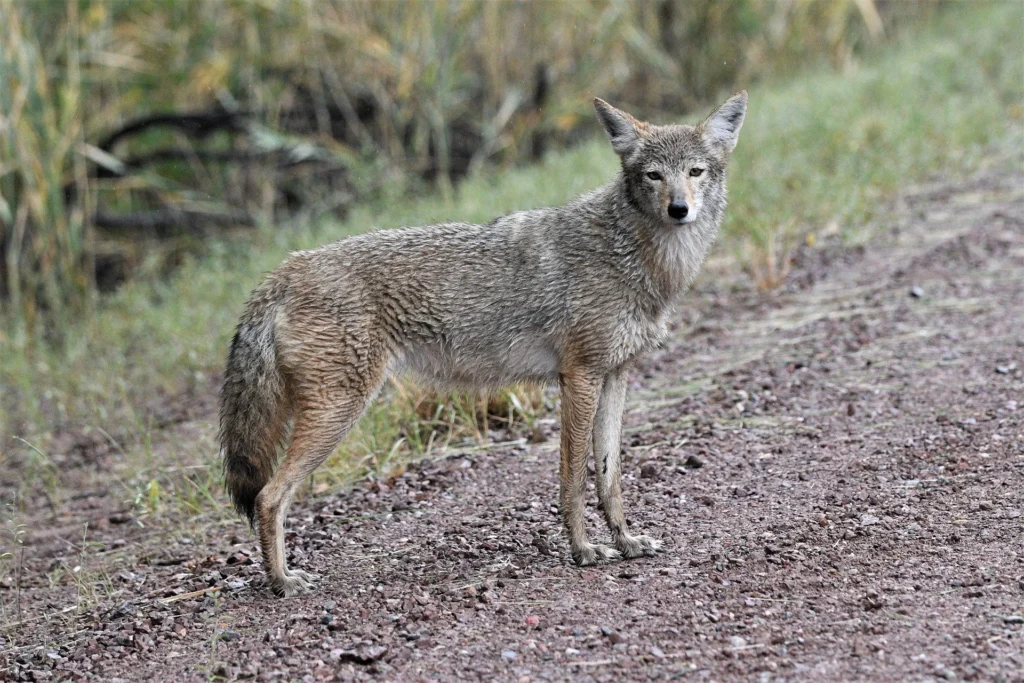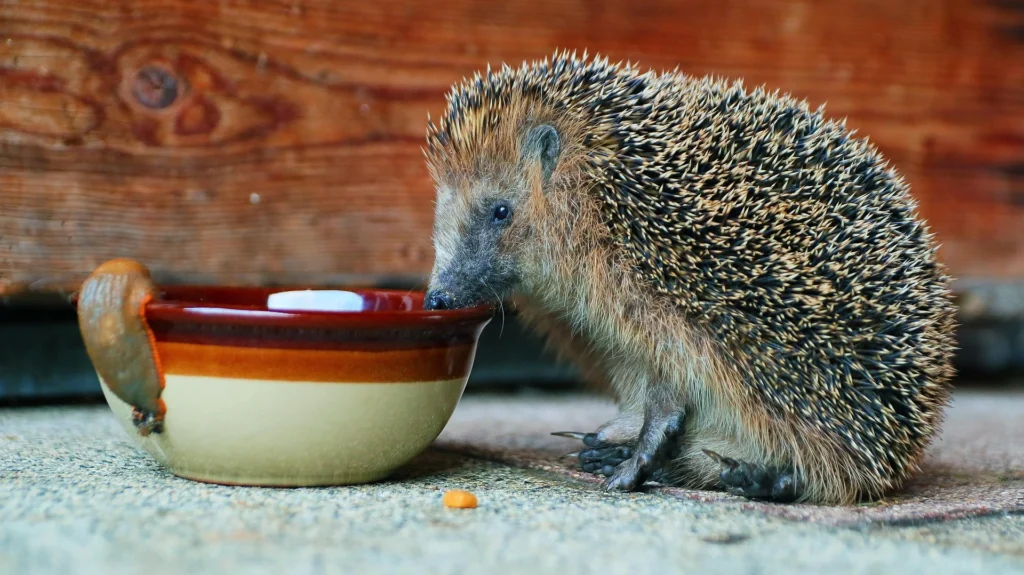Can you have a beaver as a pet? The short answer is simply no. Most states prohibit pet beavers and most people aren’t able to take responsible care as well. Beavers are wild animals that are not domesticated and have a lot of needs that must be met.
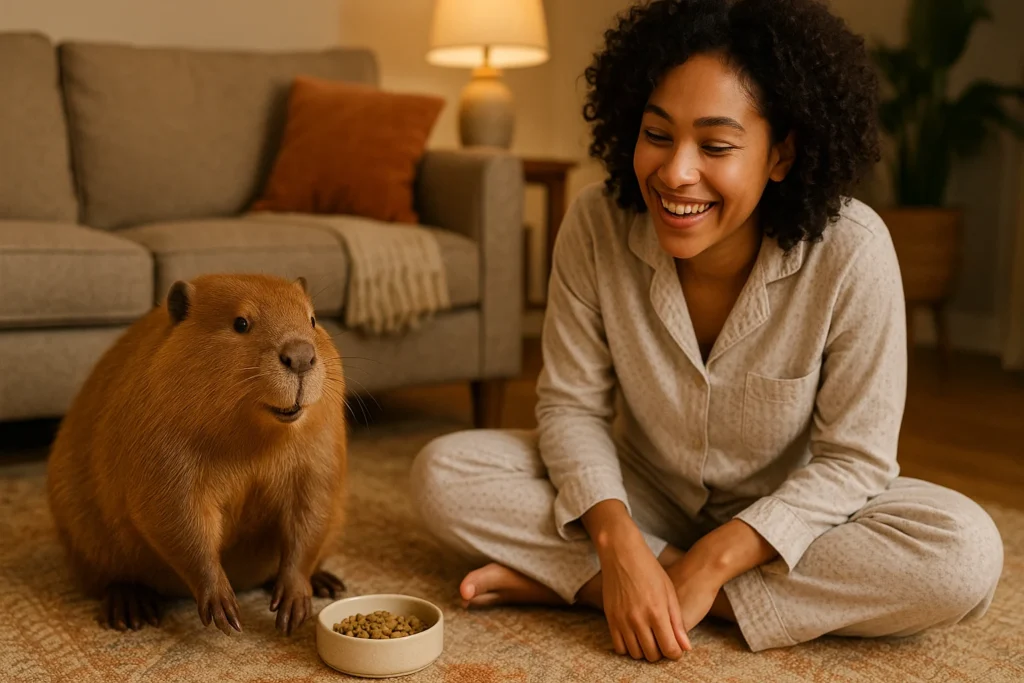
I’ve always been fascinated by beavers — those quirky, buck-toothed engineers of the animal world. One day, I caught myself daydreaming: What if I had a beaver as a pet? I mean, they’re cute, smart, and definitely unique. So I did what any curious animal lover would do — I dove deep into research. And here’s everything I learned about the wild idea of having a beaver as a pet.
Beavers are industrious and unique creatures. If you’re exploring unconventional pets, our article on Does a Buffalo Make a Good Pet? examines the feasibility of domesticated large mammals.
Can You Have Beavers as a Pet?
Technically? Yes. Realistically? It’s complicated. Beavers can be kept as pets, but that doesn’t mean it’s a walk in the park. They’re wild animals with very specific needs — like needing to chew constantly (they’ll go for your furniture) and build dams (yes, even indoors).
I personally wouldn’t recommend beavers for the average pet owner. But if you’ve got land, a water source, and serious dedication, it’s not impossible.
Is It Legal to Have a Beaver as a Pet?
This really depends on where you live. In the U.S., some states strictly prohibit owning beavers without a special wildlife or exotic pet permit. Others allow it with proper paperwork.
I looked into my own state’s laws and found that I’d need multiple permits, inspections, and even a written plan showing how I’d house and care for the beaver. So before you even think about it — check your local laws.
Arkansas may permit you to own a pet beaver if you can prove that you obtained it legally.
Floridians might be able to obtain a Class III permit to have a pet beaver.
Indiana permits residents to keep American beavers with a Class II wild animal possession permit.
Kentucky does not expressly prohibit pet beavers, but you may need to obtain a permit and fulfill specific confinement requirements to keep one.
Michigan notes that residents may keep beavers if they hold a permit and the animal was raised in captivity.
Missouri residents who possess a Wildlife Hobby Permit may keep pet beavers.
Nebraska may issue a Captive Wildlife Permit to keep beavers.
North Dakota might permit you to keep a beaver with a license and import permit.
Texas takes a unique approach to people who keep wild animals as pets. Unless the statute specifically prohibits an animal or requires a permit to have one, you can own up to 25 non-game wildlife animals. Additionally, counties west of the Pecos River that have fewer than 25,000 people do not need permits.
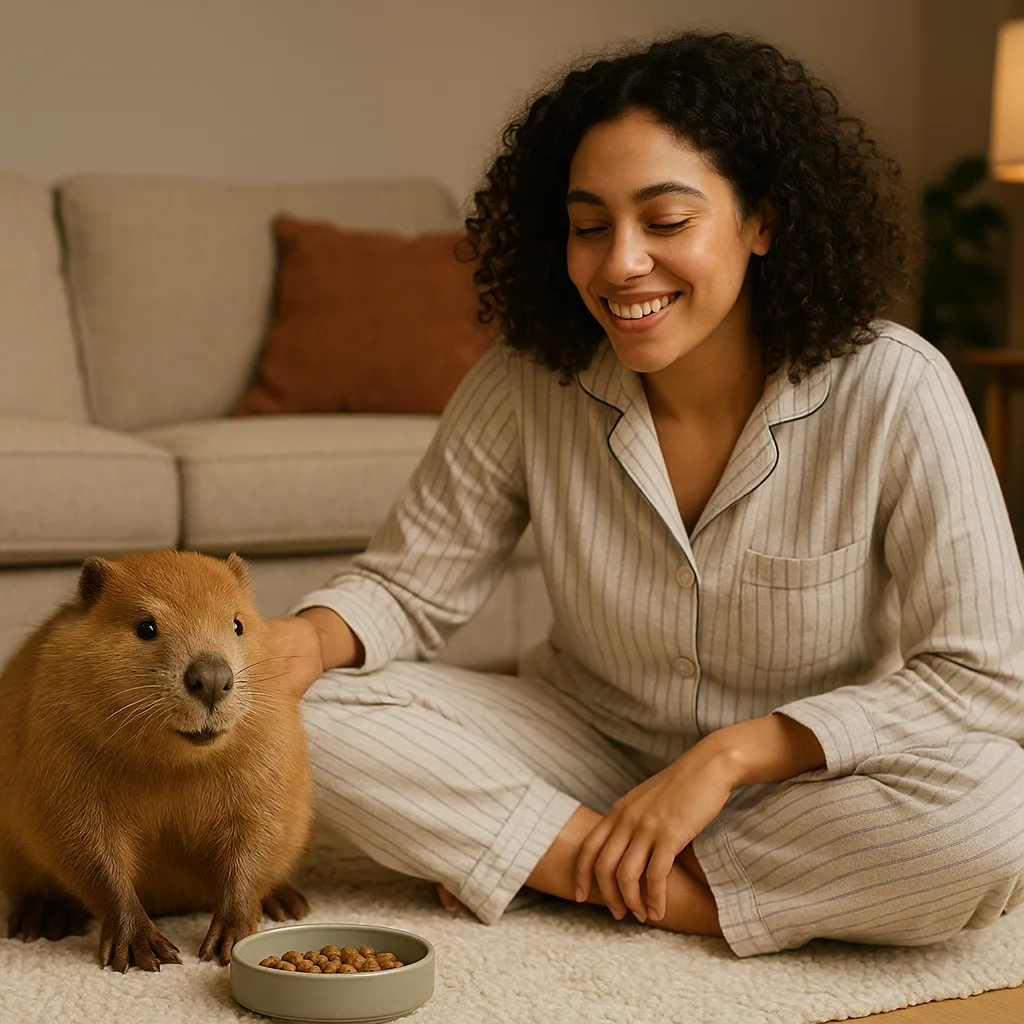
How to Care for a Beaver as a Pet
(From someone who seriously considered it)
So after falling in love with beavers online and wondering if I could have one of my own, I started digging into the day-to-day care. And let me tell you — it’s not just tossing them some wood and calling it a day.
1. Beavers Pet Need Constant Access to Water
Beavers are semi-aquatic, which means they have to swim. It’s not optional. They spend most of their time in water — swimming, grooming, playing, and even sleeping sometimes.
What you need:
- A large pond or pool they can access 24/7
- Clean, fresh water (you’ll need a filter system)
- A place to build their lodge or shelter near/around the water
If you live in a regular house or apartment — this is a big red flag already.
2. They’re Big Chewers (Like, Furniture-Destroying Big)
Beavers have those giant teeth for a reason — and they never stop growing. So they need to chew constantly to wear them down.
What you’ll need to provide:
- Fresh wood daily (non-toxic types like willow, aspen, birch)
- Branches, logs, or chew toys
- A beaver-proof house (seriously, they will chew your baseboards, cords, and furniture if they’re bored or unsupervised)
I read about someone who left their beaver alone for one hour and came back to a shredded coffee table.
3. They Build Dams Indoors, Too
Beavers don’t care if they’re in the wild or your living room — they’re going to build. If they don’t have a stream to dam up, they’ll use your stuff. Pillows, blankets, shoes, brooms — everything’s fair game.
How to manage:
- Give them materials to build safely
- Create a designated “beaver zone” if possible
- Accept the chaos or be ready to redirect with distractions
4. They’re Social but Territorial
Beavers are super social in the wild — they live in family groups and are loyal to their mates. But as pets, they can be super attached to one person (usually their main caregiver), and wary or aggressive toward others.
What they need emotionally:
- Daily bonding time (they’ll cry if you leave them alone too long)
- A quiet, calm environment
- Very careful introductions to other pets or people
They can also get very jealous or defensive. I read about a beaver who tried to chase the owner’s boyfriend out of the house.
5. Beaver as a Pet Diet
Beavers are herbivores, and their diet is pretty specific. In the wild, they eat tree bark, aquatic plants, twigs, roots, and leaves.
Typical beaver pet diet:
- Fresh vegetables (carrots, sweet potatoes, leafy greens)
- Fruits in moderation (apples, berries)
- Fresh branches and bark daily
- Specialized rodent or herbivore pellets (sometimes used by exotic pet vets)
And no, you can’t just feed them lettuce and hope for the best.

6. They Smell. A Lot.
I won’t sugarcoat this: beavers have musk glands and produce a strong, swampy smell. If you keep them indoors, it’s going to hit you. And they poop in water — so if you don’t clean their pond regularly, it’s game over.
Hygiene checklist:
- Clean water source daily
- Regular habitat maintenance (daily scooping and deep cleaning)
- Ventilated housing area
Also, good luck potty training a beaver. Most can’t be trained like a dog or cat.
7. They Need a Vet — A Very Specific Vet
Not every vet is trained to deal with beavers. In fact, most aren’t. You’ll need to find an exotic animal vet who’s familiar with rodents or wildlife — and they’re not cheap.
Expect vet costs to include:
- Regular health checks
- Dental exams
- Parasite treatments
- Emergency care for injuries or infections
Exotic vet bills can easily go into the thousands, so make sure you’re financially ready.
8. Beaver Pet Enclosure and Habitat
If you’re keeping your beaver outdoors (which is ideal), you need a fortress. They’re escape artists, diggers, and chewers.
What your setup should have:
- Fenced-in pond area
- Sheltered den or lodge
- Logs, ramps, platforms for enrichment
- Room to roam and dig
Indoors? You’ll need to be okay with waterproof flooring and constant cleaning.
9. Time and Attention
They’re not animals you can leave in a cage or pen. Beavers crave interaction, mental stimulation, and routine. If they get lonely or bored, they become destructive and depressed.
You’ll need:
- 3–6 hours of interaction daily
- Activities like food puzzles, supervised swims, or enrichment games
- Lots of patience and a calm demeanor
Honestly, they act more like toddlers than pets.
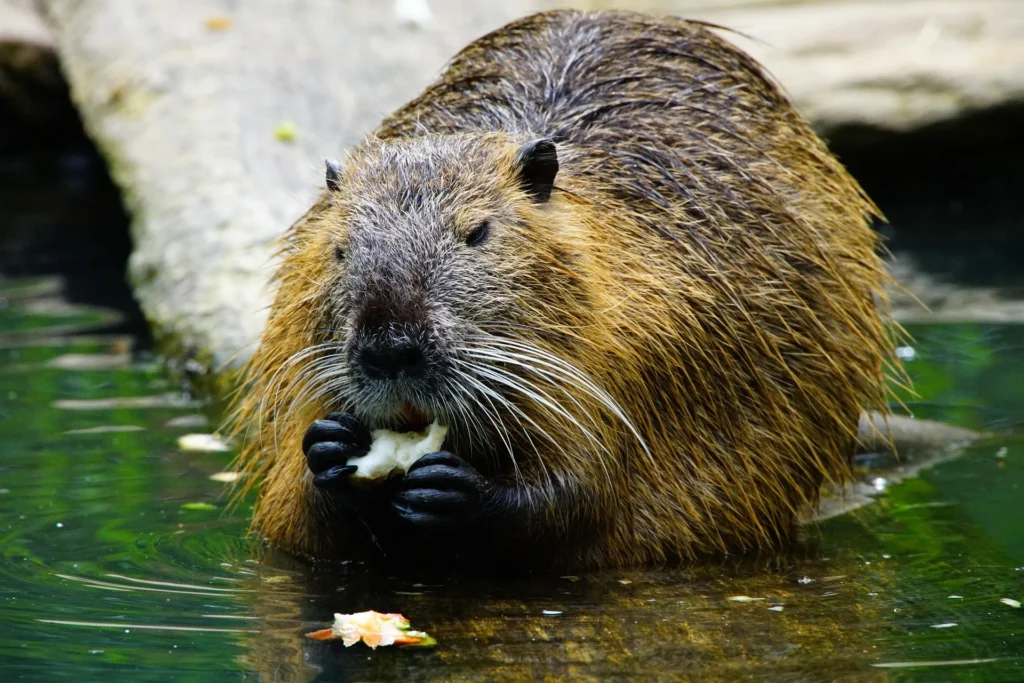
For those interested in aquatic animals, understanding What Do Platypus Eat? can provide insights into the care of semi-aquatic pets.
Why Beavers Don’t Make Good Pets
Beavers are adorable, but like other wild animals, there are several reasons you shouldn’t keep them as pets.
1. Specific Dietary Needs
You should consider an animal’s preferred diet before deciding to keep one as a pet. Like other wild and exotic animals, you can’t just pick up a bag of food to sustain a beaver.
Beavers are herbivores, but their diets shift throughout the year as they adapt to each season. During the summer when food is readily available, they thrive on grass, greenery, fruit, and even some aquatic plants. Throughout the fall, beavers stockpile leafy branches and wood to eat throughout the winter and early spring.
Beavers prefer certain trees, namely willow, birch, poplar, and aspen. Cattails and pond lilies make excellent snacks when they can find some. Unless you have a unique local pet store, you will have trouble satisfying a beaver’s appetite!
2. Socialization and Family
Beavers are social creatures that live in close-knit family units called colonies. Interestingly, beavers are also monogamous and only accept a new partner if their mate dies. Mated couples have a litter of kits every year, meaning anywhere from one to six babies.
Kits remain with their parents for at least two years, so it’s not unusual to find a lodge with five or more beavers. This family unit remains a crucial aspect of a beaver’s development because they play with siblings, groom each other, and learn survival skills.
While you can replicate some aspects of a beaver family, it will never be the same as it is in the wild. Taking a beaver as a pet means they lead a solitary life without a mate or offspring.
3. Territorial Creatures
While beavers love their families, they are territorial creatures. Beavers mark their territory by creating scent mounds around the perimeter to warn off unrelated beavers. The mounds are little more than dirt mixed with the adult’s castoreum (secretions from anal glands), but they make an invisible fence around the lodge.
If an unrelated beaver ignores the scent mounds and ventures into their space, adults will attack them. Though they don’t usually ignore or avoid humans, beavers may attack domestic animals that enter their space. They can cause significant damage to other pets with their sharp claws and strong front teeth.
4. Chewing and Building
Beavers spend most of their time eating and building, meaning a lot of chewing. They have an innate need to chew wood, meaning beavers go after any and all wood they can get their paws on for food or lodging.
Leaving a pet beaver unattended in your home could leave you without a lick of wood anywhere. Given that beavers can take down up to 200 trees per year, you can imagine what kind of damage one could do to your home!
5. Swimming
In the wild, beavers live in freshwater ponds, lakes, and rivers because they prefer to spend a lot of time in the water. Swimming keeps a beaver fit, helps with coordination, and allows them to reach some food supplies.
A bathtub isn’t going to suffice for any self-respecting beaver and would likely cause some physical disabilities. Swimming pools may give a beaver enough space, but it would be challenging to maintain a freshwater one.
Additionally, humans can contract Giardiasis from beaver feces. It’s extremely likely that a pet beaver would poo in your tub or pool, leaving you susceptible to “beaver fever.”
6. Sleeping Patterns
Beavers usually sleep during the day, meaning they are nocturnal creatures that work and play at night. While that may not be a huge deal for keeping smaller rodents, like gerbils and hamsters, beavers can do a lot overnight. They aren’t especially quiet about their work either!
How to Get a Pet Beaver
Obtaining a pet beaver is extremely difficult because you can’t buy them at pet stores. People who attempt to sell beavers usually remove them illegally from their natural habitats, which leaves the animal distressed.
That said, some people save orphaned beavers that were hurt, abandoned, or otherwise trapped. Usually, these individuals have a background dealing with wildlife and proper licensing to possess them.
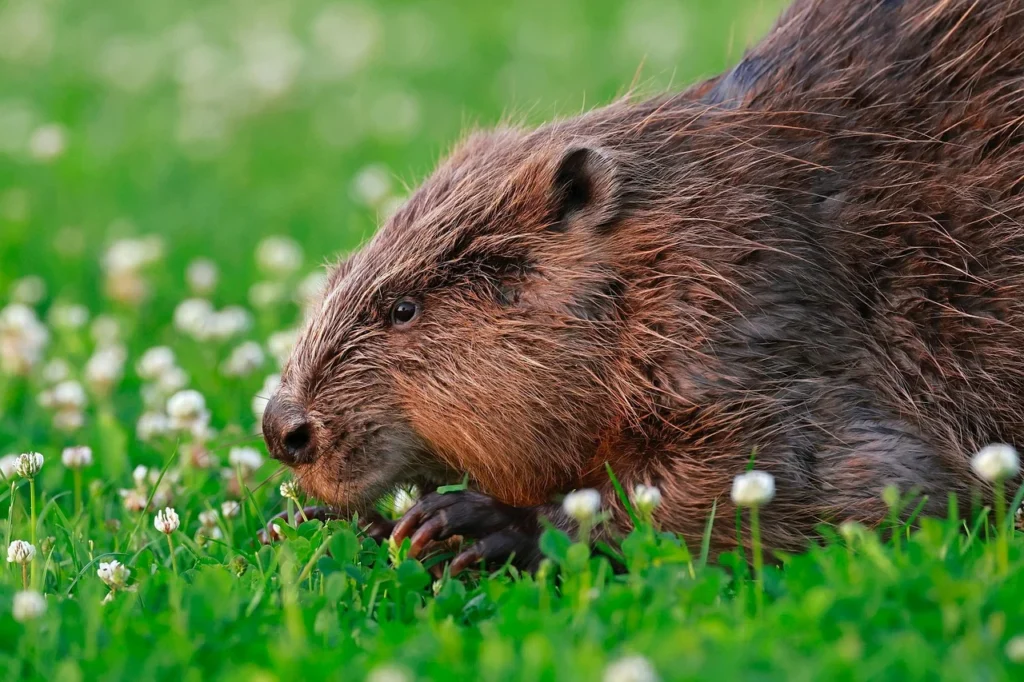
Beaver Pets for Sale — Should You Buy One?
Personally? I wouldn’t. It’s a massive commitment, legally and emotionally. You’d need space, water access, time, and money ,a lot of money. Not to mention the risk of harming the beaver by removing it from its natural environment.
There are way better exotic pets out there for people who want something unique and low(ish) maintenance , like ferrets or even sugar gliders.
Are Beavers Dangerous?
They can be. Beavers have strong teeth and a powerful bite. In the wild, they’ll defend their territory fiercely , and that instinct doesn’t just vanish in captivity.
A cornered or stressed pet beaver might bite, and it won’t be a nibble. They also carry diseases like giardiasis, which they can pass on through their waste. Another reason why hygiene is a serious concern.
Are Beavers Friendly to Humans?
This surprised me — yes, sometimes they are. Beavers raised from a young age by humans can be very affectionate and even cuddly. But they’re also moody and can become aggressive, especially if they feel threatened or overstimulated.
I saw videos of pet beavers giving kisses and wagging their little tails. But I also read stories of people being bitten or scratched when the beaver got spooked.
Why Do Beavers Build Dams?
This is one of the coolest things about them. Beavers build dams to create still, deep water where they can build their lodges safely. It’s an instinctive behavior — even pet beavers without access to a stream will try to build dams in your house using furniture, shoes, or anything they can find.
Yes, I read about one who used pillows and broomsticks to try to dam up a hallway.
Are Beavers Safe to Touch?
Depends. If the beaver trusts you and is in a calm mood, sure — you can pet them, and some even enjoy belly rubs. But I wouldn’t recommend touching a wild or unfamiliar beaver.
And always wash your hands afterward. Their fur can trap bacteria, and their claws can be sharp.
Final Thoughts — Beavers as Pets
So after all my research, here’s where I landed: I love beavers, but I don’t want one in my house. I think they’re better off in the wild or under the care of licensed wildlife professionals. Watching them from afar or supporting beaver conservation programs is probably the best way to enjoy these little dam-builders.
Still curious? I’d say go volunteer at a wildlife rescue or sanctuary. See them up close — and then go home to your chew-free, dam-free living room.
